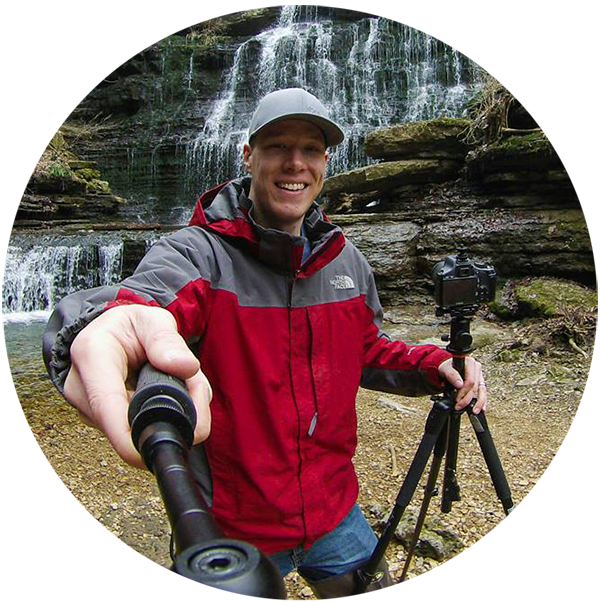
When David Johnston isn’t leading photography workshops and tutorials, he can be found traveling the world taking photos to awe and inspire his viewers. He can now add contributor at Outdoor Photography Guide to his resume. We sat down with David to learn more about his work. Read on.
Outdoor Photography Guide: How did you get started in photography? Specifically how did you make the leap into doing it for a living?
David Johnston: My start in photography was a total fluke accident. I took a film photography class in high school because if I took a certain number of art classes, I was exempt from taking a world geography class (the irony here is that I got my degree in geography in college.) By my junior year in high school, one of the only options left was film photography. I wish I could say the rest is history, but after that class I really ditched photography for a few years until I became enamored with the art of travel and landscape photography while I was backpacking in Australia. I guess things still didn’t click because once I returned to college, I put the camera back down for about a year and a half.
After six years working behind a desk and doing photography on the side, I made the jump to shooting full-time. My wife and I bought a tiny house on wheels and moved out into the rural countryside of Tennessee, thus confirming the suspicions of our family and friends that we had officially lost our minds!
OPG: Do you have any formal training in photography?
DJ: Besides my film photography class in high school that taught me manual settings of a camera and how to process images in a dark room, I’m completely self-taught. I’ve gone through years of returning to locations to study how I can achieve better compositions to improve my photography. Even though the trial and error approach took a long time, it gave me great insights into how to think about landscapes in front of me and break them down to make a great photograph.
OPG: You’ve traveled to some amazing places – do you have a favorite location?
DJ: That’s a really funny question. A lot of people expect photographers to say a location like Iceland, Patagonia, or even Yosemite. However, my favorite location is Thomazeau, Haiti. As far as I know I’m the only photographer who goes there because you have to be insane to want to go. I love it so much because it’s extremely challenging to shoot. I’m usually confined to a 50 acre compound with razor wire walls, so planning and creativity to capture images that aren’t repetitive is difficult. It’s a place where I’m surrounded by mountains, textures, shadows, and amazing night skies.
OPG: What subjects do you enjoy shooting most?
DJ: Waterfalls and the night sky. I love waterfalls because you can spend hours walking around them and shooting different angles and perspectives. If it’s a really good day at a waterfall, I can come away with three different perspectives that look like three different waterfalls.
Night photography is amazing because you can get very creative with your long exposures. Shooting star trails or stills of the Milky Way are incredibly rewarding because I can create something with the camera that isn’t possible to see with the naked eye.
OPG: What’s in your camera bag?
DJ: Maybe I’m an outlier in the photography world, but I can’t stand clutter. So, I keep my camera bag very simple. I use a Sony a6000 because it’s a camera that lets me do everything I want while being wonderfully small and light. Then I have a wide angle lens, a mid-range lens, and a 70-200 telephoto lens. Throw in a tripod and extra batteries and SD cards and that’s my entire camera bag!
OPG: What’s your favorite lens and why?
DJ: The Rokinon 12mm f/2 wide angle lens. It stays on my camera more than any other lens. It’s small, light, and produces high quality images. Some people give me a strange look when I tell them that’s my favorite lens because it’s a manual focus lens, but I’m so used to focusing manually that it seems normal to me.
OPG: How important is post-processing to your photography?
DJ: I like to say that photography is 10% camera knowledge, 10% creativity, 40% composition, and 40% post-processing. Post-processing is very important especially with night sky photography. It’s so important to be able to clean up hot pixels and increase the brilliance of the Milky Way. Also, I always use luminosity masking in my photography because it’s almost like combining global adjustments to a photograph and local adjustments at the same time.
OPG: What is it about photography that drew you to it as a creative medium?
DJ: I’ll be honest – I had to think about this for a while. It’s probably because I suck at painting, sculpting, drawing, interpretive dance, or any other creative outlet you can think of. With other creative arts, I can picture what I want the finished product to look like in my mind, but I could never reproduce that in reality. There’s something about photography and the way my mind works that I can picture the outcome, even in locations I’ve never visited before, and then reproduce that in real life. If that doesn’t make sense don’t worry because I don’t fully understand it either.
OPG: What is the goal of your work? What do you aim to convey with your images?
DJ: Well, I think people are trapped and they don’t realize it. They’re trapped in the little bubble of what they know and don’t explore or seek the adventures that await them. If people never see the places or moments that they could experience, they don’t know what they’re missing. So, my goal is to create a fear of missing out (or FOMO as my millennial generation has dubbed it) that will make people want to get off of the couch and experience abundant life.
OPG: Why nature photography?
DJ: In the words of the great theologian Beyonce, “If you like it then you should have put a ring on it.” I like it, so I do it.
OPG: If you could describe your photographic style in one sentence, what would that be?
DJ: A curious interpretation of nature’s wonder emporium.
OPG: What motivates you to teach others about photography?
DJ: I thought about being a teacher pretty seriously as a career. The gift of teaching was something I tapped into early on and it’s something I have a lot of fun doing. So, I get a lot of joy from teaching people about photography because it’s combining two of my passions.
I remember I was teaching a Milky Way workshop in Maine and I had a student who was really struggling. I could tell he was having a lot of difficulty getting the image he wanted because his body language showed it. After a few minutes of troubleshooting why his photo wasn’t working out, we corrected the issue. His excitement when he saw the photo he desired on the LCD screen of his camera is what motivates me to teach others about photography.
OPG: What advice would you give to someone just starting out in photography, or just starting to develop their eye?
DJ: My advice would be the same advice I got when I played basketball. I was a really streaky shooter and my coach told me I needed to develop a shooter’s mentality: shoot until you hit, shoot until you miss. Translation: keep shooting. So, beginners need to develop the photography shooter mentality. Take photographs all the time. Shoot until you get amazing images that reflect your vision, and shoot yourself out of the periods when you don’t think you’ll ever take another great shot again.
If I learned anything from cheesy self-esteem posters in elementary school it’s this, “You miss 100% of the shots you don’t take.”
OPG: Where are you planning to go next?
DJ: I have a nice little lineup scheduled for the rest of the year. I’ll be teaching workshops in Rocky Mountain National Park, Great Sand Dune National Park, and the Great Smoky Mountains National Park. In between those workshops, I’ll go back to Haiti at least once, and hopefully make it to the Fiery Gizzard and Big South Fork areas of East Tennessee.
To see listen to David’s podcast and to check out his upcoming workshop schedule, visit PhotographyRoundtable.com.
To see more of David’s work, visit his website at DavidJohnstonArt.com.
Have something to add to the story? Leave a comment or email editor@outdoorphotographyguide.com.
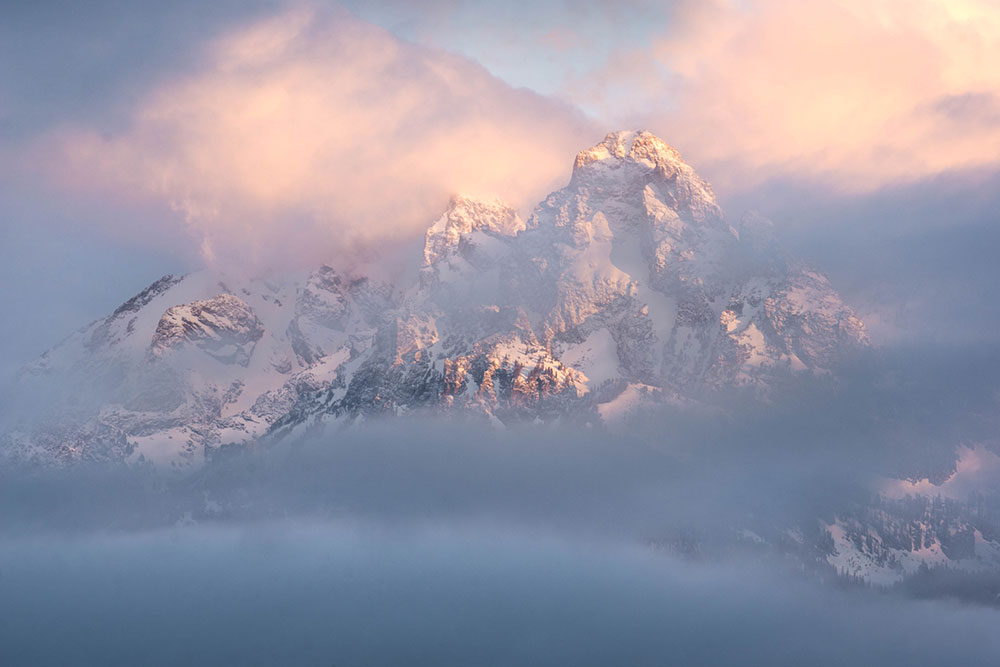
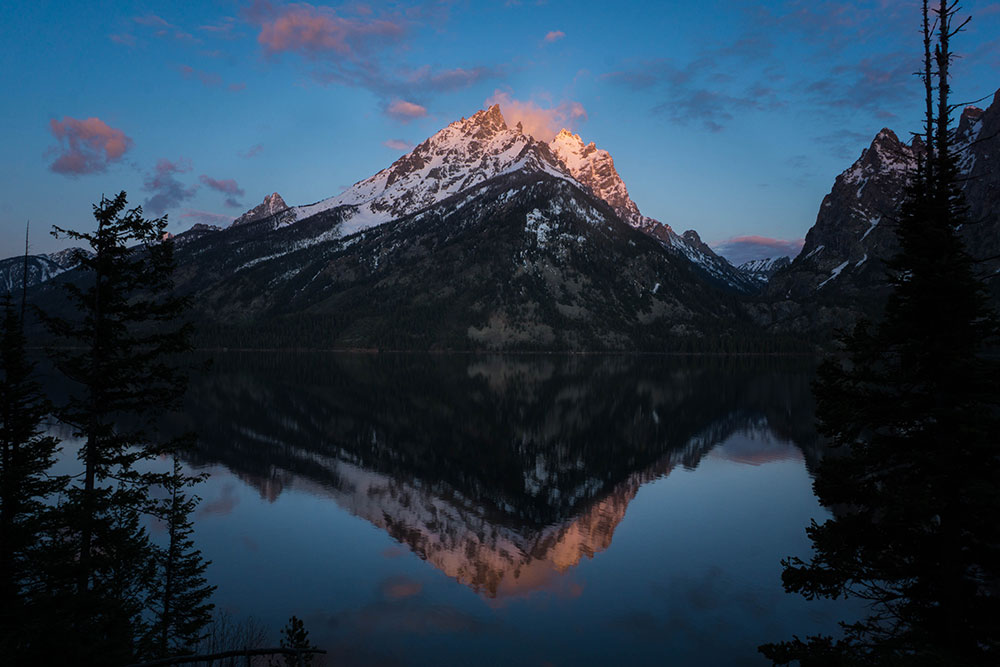
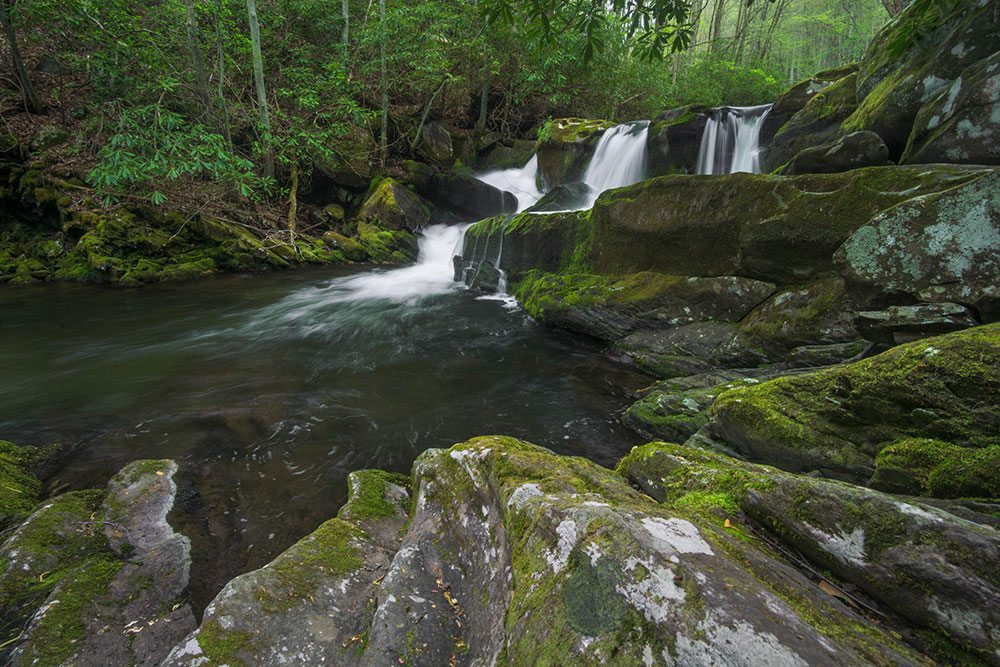
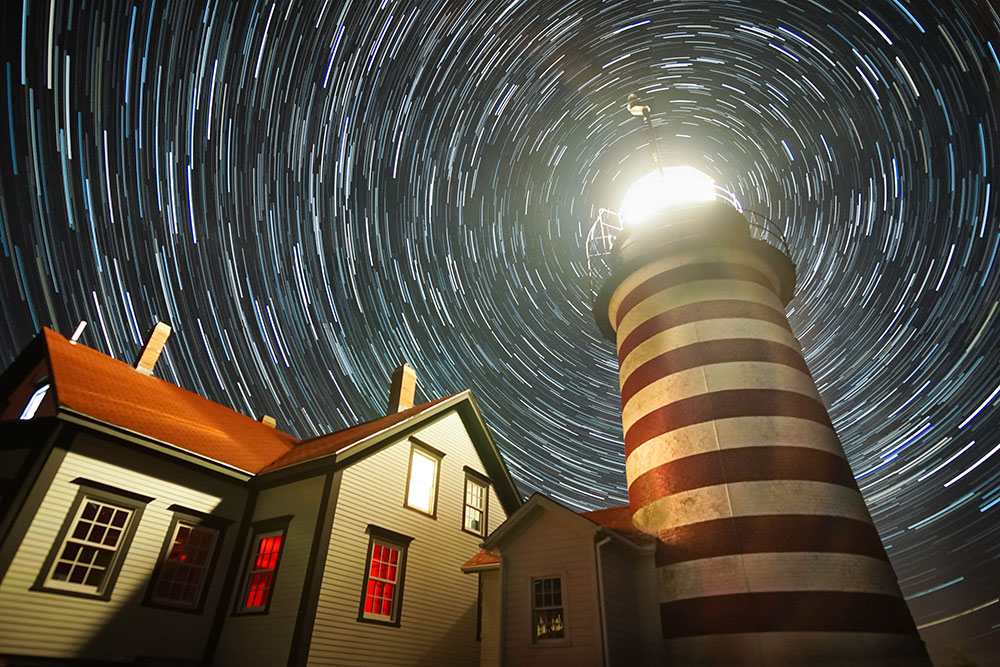
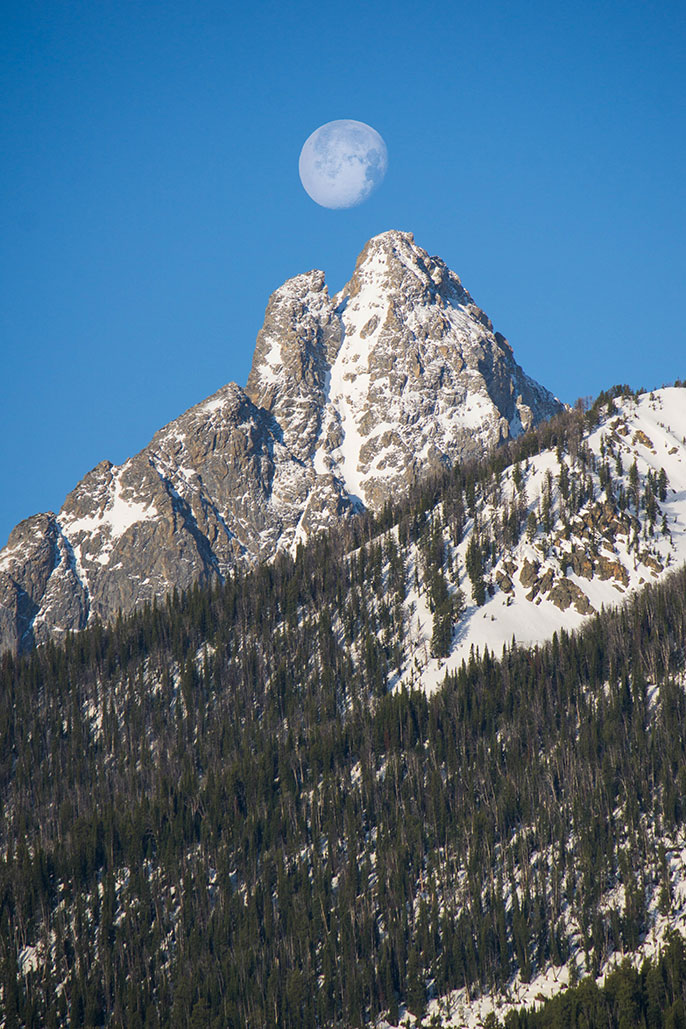
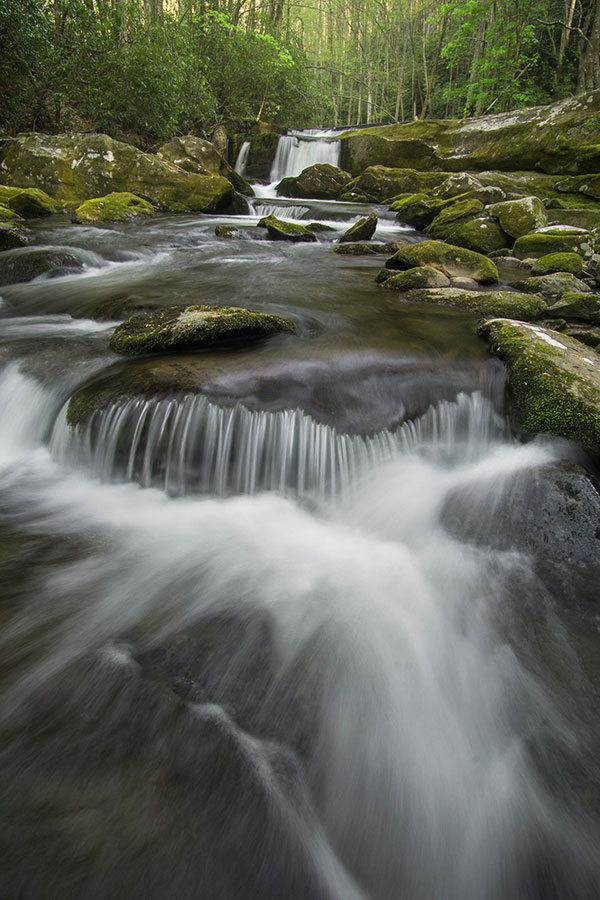





Hi there, my name is Cody Griner. I apologize for using your contact form, but I wasn't sure who the right person was to speak with in your company. We have a patented application that creates Local Area pages that rank on top of Google within weeks, we call it Local Magic. Here is a link to the product page https://www.mrmarketingres.com/local-magic/ . The product leverages technology where these pages are managed dynamically by AI and it is ideal for promoting businesses on Google. Can I share a testimonial from one of our clients with you? I can also do a short zoom to illustrate their full case study if you have time for it? cody@mrmarketingres.com 843-720-7301